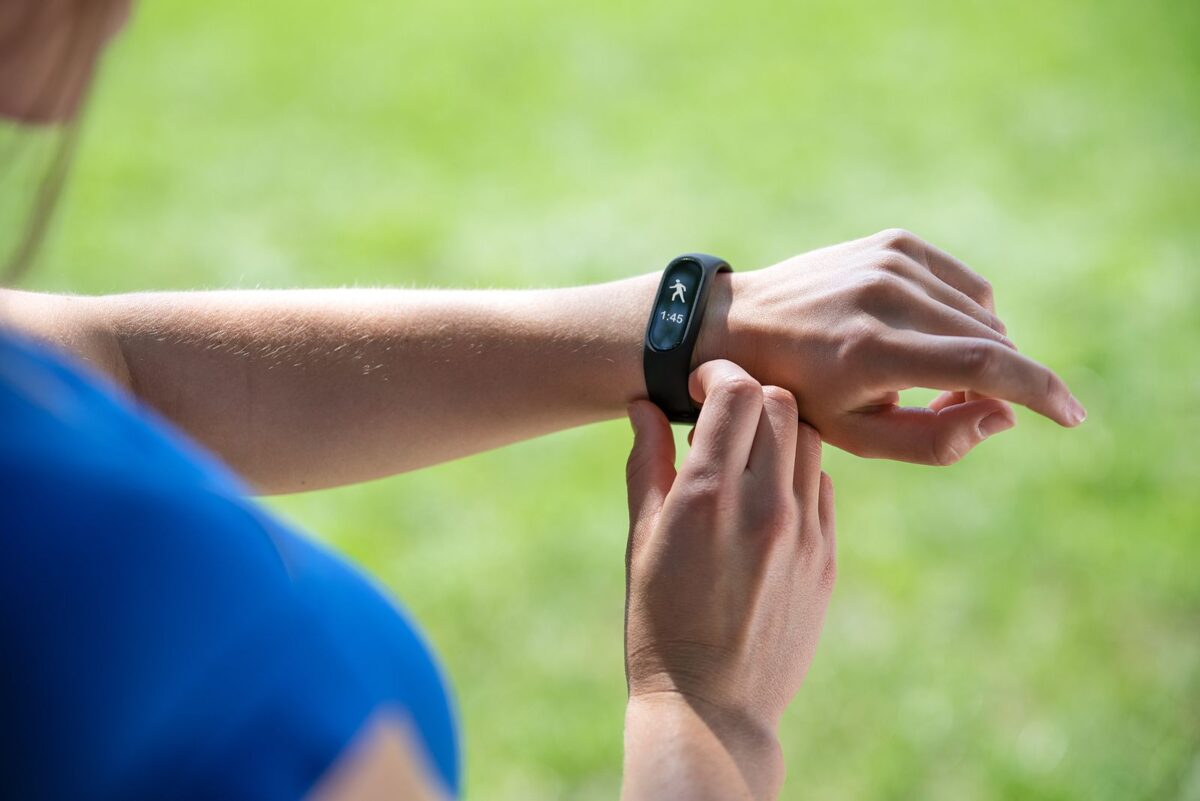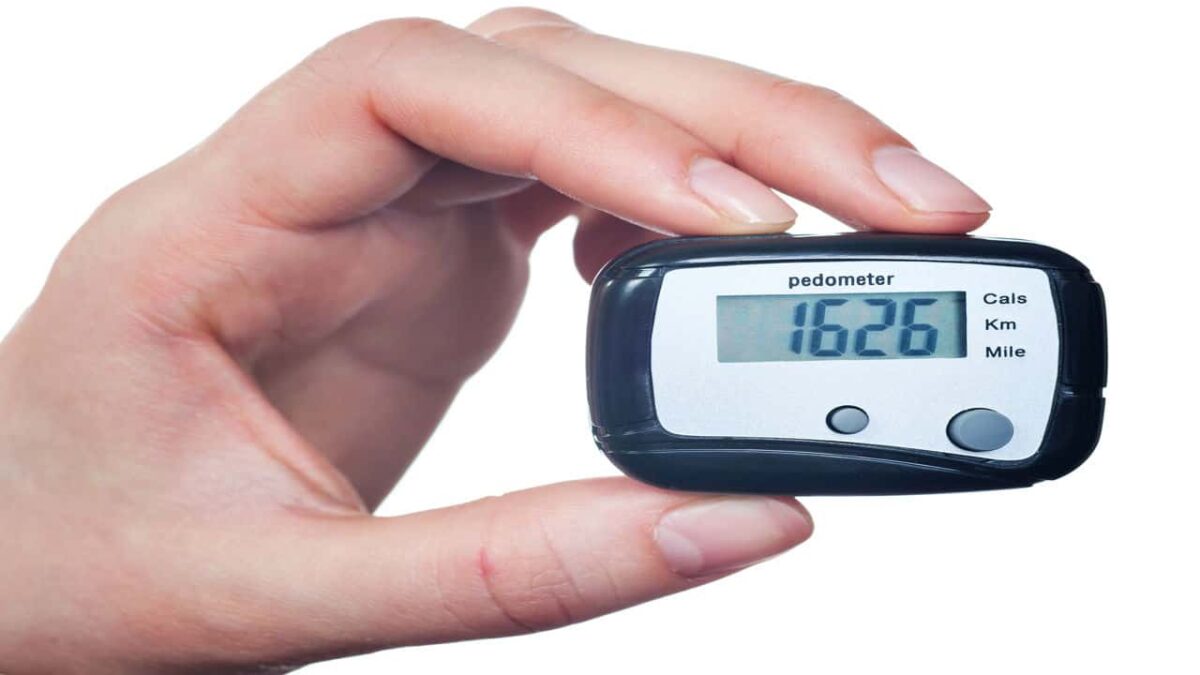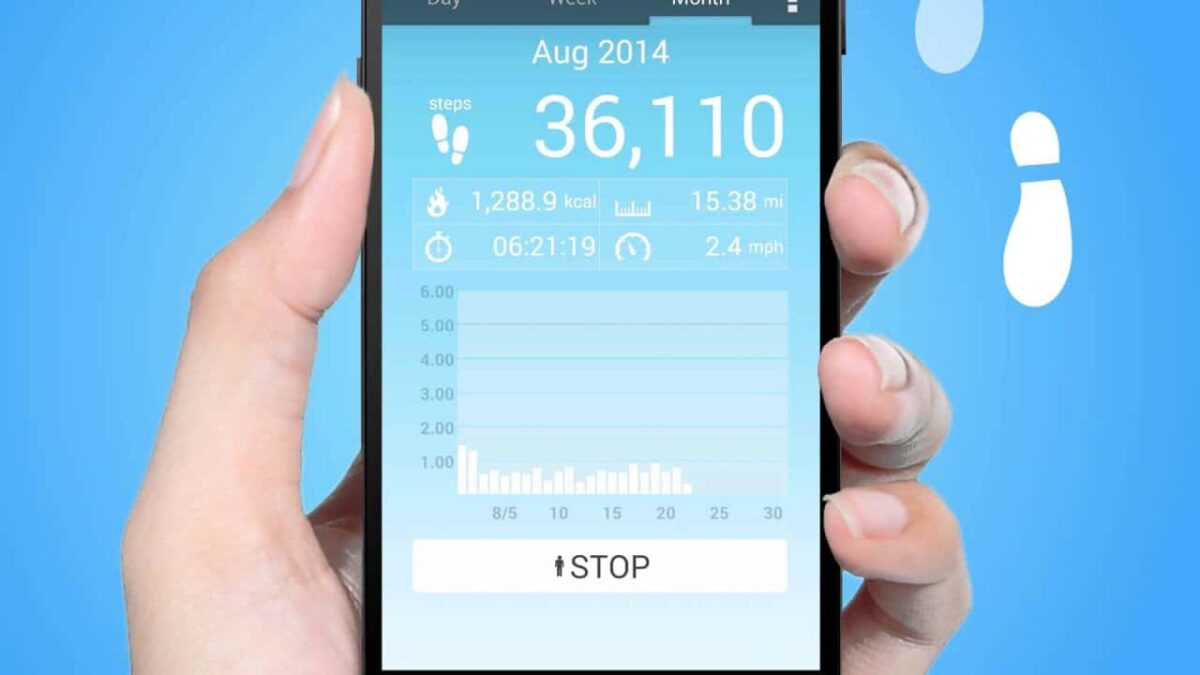
It is clear that the physical activity is essential for good health, but it is also important to keep track of it in order to make it more efficient and adapt it to our needs.
Pedometers, for example, help us keep track of control of the steps we take. If you have ever wondered how one works, we will explain it to you.
How does a pedometer work?
We are going to start with the most basic part of the pedometer and it is none other than understand how it works.
We can find several types depending on your placement: wrist, ankle or arm, but they can really be grouped based on their operation, whether mechanical or digital.
mechanical pedometer
The operation of a mechanical pedometer is quite simple since it consists of a pendulum connected to a gear that with the movement counts the steps.
with every step the pendulum swings, moving the gear and advancing one tooth, which would be equivalent to one step. This system is not used today and has given way to more modern technologies.
electronic pedometer
They are the most accurate and used today, adding the latest advances in GPS measurement, offering us an almost exact distance result.
To the traditional count of steps is added the speed used, time and even direction. Another feature is the use of programs that count the calories consumed.

Wearable pedometer or app: comparison of both
After analyzing the two existing variants of what a pedometer would be and being a device that is not exempt from continuous evolution, we find another alternative linked to smartphones.
In this case, we are referring to multiple applications that we can find both in the Apple Store and in the Play Store and that will offer us a result equivalent to that of the portable device.
It should be noted that each of these two options has its positive and negative points that must be taken into account when making our decision.
wearable pedometer
The wearable pedometer would be the device as we know it and that has been modifying its design and even expanding its capabilities and performance over time.
Currently, we can say that the most used and widespread would be the watch type or wrist band.
Advantages
- They usually have a low price.
- Its operation is simple, allowing some configuration.
- Su size and weight is reduced, which makes it easy to transport.
- They can offer us some extra functions, such as counting calories or distance traveled.
- Currently the autonomy is very good, being able to use them for several days without needing to recharge them.
Drawbacks
- Its capabilities are limited.
- In many of these devices we will be unable to program the activity.
- Need to carry with an additional device.
Application
The development of mobile devices has allowed us to take advantage of them for these purposes and that is why through an application we can transform our smartphone into a step counter.
In addition, these applications come with a multitude of options that are not available on the portable device, such as the calorie count, active activity time, distance, calendar or weather updates.
Advantages
- Possibility of installing it on any phone or tablet.
- Variety of options and much more functions.
- Multitude of programs available.
- We will only need to carry a single device.
Drawbacks
- Need to carry the phone with you during the training itself.
All pedometers, from the simplest or basic to the most advanced or most developed application, have errors in the count of steps.
This error occurs for various reasons ranging from the error of the model itself to incorrect use or placement of the device.
In the case of portable pedometers, their placement must be done in vertical position, and must be well attached to the pants or belt, which allows the reading of the steps through the movement of the hip be as accurate as possible.
If we focus on the latest electronic devices, specifically smartbands, we find that the errors are much more pronounced than in the previous ones.
These devices to go placed on the wrist cannot use the movement of the hip itself to measure the steps, being forced to apply a dummy stride correction and causing the result to differ widely from reality.
If our device has distance measurement, it is interesting to know if it has GPS measurement or not. In the case of having GPS, the resulting distance will be very precise, while otherwise it is calculated by applying a certain value to each step, so the error is considerable.
The programs that we can install on our phone present the same problem as watches, smartbands or wrist pedometers, although at least we do ensure the support of the GPS signal for some measurements.
